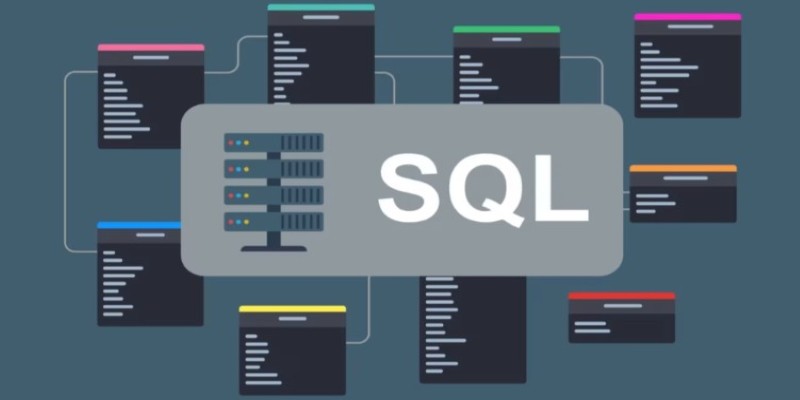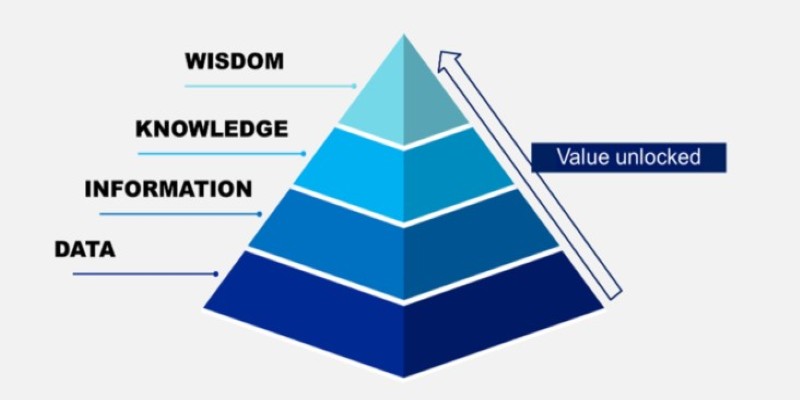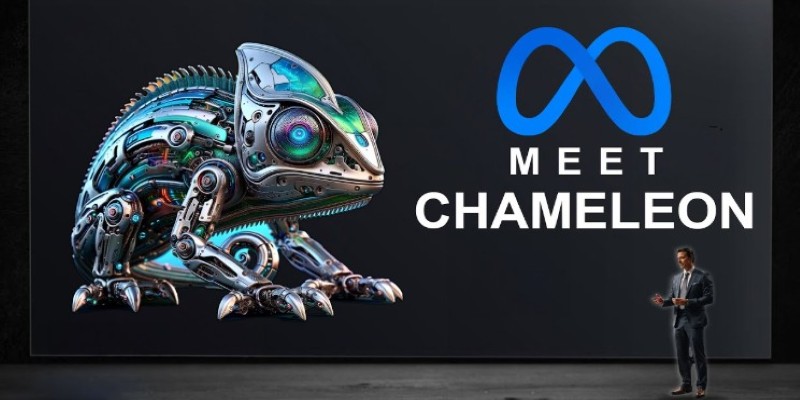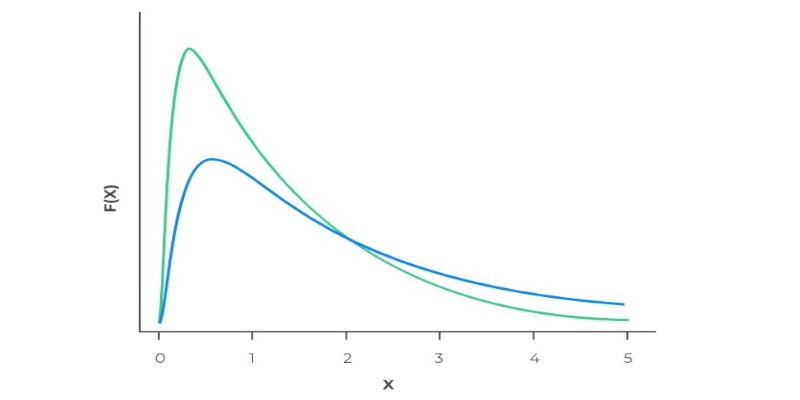Advertisement
When solving pathfinding problems or exploring graphs, the algorithm you pick can change everything about your results. Greedy Best-First Search (GBFS) stands out because it follows one simple idea: always choose the path that looks closest to the goal. It’s like picking the trail that seems to head straight for the mountain peak, even if it’s not actually the fastest or safest route. The thing is, in many cases, that quick decision works well enough—and that’s why GBFS deserves a closer look.
At its heart, GBFS is about speed over thoroughness. Instead of checking every possible option or taking the time to map the entire terrain, it moves toward the destination using a heuristic function. A heuristic is just a fancy word for a guess based on available information. In GBFS, this guess usually estimates how far a given node is from the goal.
In simple terms:
This makes it different from something like Dijkstra’s Algorithm, which cares about both the cost to get to the current point and the estimated distance left. GBFS only cares about the estimate. That’s why it’s called "greedy." It’s short-sighted on purpose.
The way Greedy Best-First Search performs depends almost entirely on the heuristic you choose. A good heuristic gives the search a clear sense of direction; a poor one can lead it into endless detours. Common heuristics include straight-line (Euclidean) distance for maps, Manhattan distance for grid-based puzzles like mazes, or simple rule-based estimates in custom problem spaces. Ideally, a heuristic should never overestimate the real distance to the goal. If it stays optimistic but realistic, GBFS tends to perform better and avoid wasting time.
Picking the right heuristic isn’t just about accuracy—it’s about balance. A perfect heuristic is rare, but even an okay one can dramatically speed up the search compared to exploring blindly. The better the heuristic reflects the true cost without being too aggressive or misleading, the more reliable GBFS becomes.

To really get how GBFS behaves, let’s break down a basic Python example. No confusing frameworks, no hidden tricks—just pure Python you can read like a story.
First, think of the search space as a graph. Each point (node) is connected to others with edges. Here's a plain version of how you'd set this up:
python
CopyEdit
import heapq
def greedy_best_first_search(graph, start, goal, heuristic):
visited = set()
priority_queue = []
heapq.heappush(priority_queue, (heuristic[start], start))
while priority_queue:
_, current = heapq.heappop(priority_queue)
if current == goal:
return True
visited.add(current)
for neighbor in graph[current]:
if neighbor not in visited:
heapq.heappush(priority_queue, (heuristic[neighbor], neighbor))
return False
Breaking it down:
It doesn’t track the actual path cost from the start. Only the guess matters.
Imagine you have this graph:
python
CopyEdit
graph = {
'A': ['B', 'C'],
'B': ['D', 'E'],
'C': ['F'],
'D': [],
'E': ['F'],
'F': []
}
heuristic = {
'A': 6,
'B': 4,
'C': 5,
'D': 2,
'E': 3,
'F': 0 # Goal
}
Here, F is the goal. GBFS would work through the nodes, picking whichever seems closest based on the heuristic values, not necessarily taking the path that's shortest if you count every step.
Every method has its upsides and limits. GBFS is no exception.
Speed: Because it doesn’t worry about past costs, it can find a path fast in simple or clear environments.
Memory Efficiency: It doesn’t need to store entire paths, just what looks best next.
Simple Implementation: As you’ve seen, it doesn’t take much code to get GBFS up and running.
Can Get Lost: If the heuristic is misleading, GBFS might head toward a dead-end.
Not Always the Shortest Path: GBFS doesn't guarantee the best solution; it only offers a solution.
Heavily Heuristic-Dependent: A bad heuristic means bad results.
In short, GBFS bets everything on the guess. If your guess is wrong, your search can go sideways quickly.

The basic version works fine, but what if you want GBFS that actually returns the full path from start to goal, not just a yes or no answer? You’ll need a few more tweaks.
Here’s an improved version:
python
CopyEdit
def greedy_best_first_search_path(graph, start, goal, heuristic):
visited = set()
priority_queue = []
heapq.heappush(priority_queue, (heuristic[start], start, [start]))
while priority_queue:
_, current, path = heapq.heappop(priority_queue)
if current == goal:
return path
visited.add(current)
for neighbor in graph[current]:
if neighbor not in visited:
heapq.heappush(priority_queue, (heuristic[neighbor], neighbor, path + [neighbor]))
return None
Now, instead of just marking nodes visited, the algorithm keeps track of the path taken. Each entry in the queue has the heuristic score, the current node, and the path so far.
Sometimes, finding the goal isn't enough. You might need to actually show the steps taken, like in a maze game, GPS navigation, or puzzle-solving bots. It's not harder to do, and it gives you way more flexibility once you have the result.
Greedy Best-First Search is like that friend who always insists on taking the shortcut because it looks faster. Sometimes, they're right. Sometimes, you end up stuck behind a fence. In Python, GBFS is easy to set up and understand, making it a great first step into the world of pathfinding algorithms. While it may not always find the best solution, when used with a solid heuristic, it can get you where you need to go faster than you might expect.
If you’re looking for an algorithm that’s quick on its feet and doesn’t overthink, GBFS could be exactly what you need. Just keep an eye on your heuristics—and know when it’s time to pick a different trail.
Advertisement

Looking for a better way to code, research, and write in Jupyter? Find out how JupyterAI turns notebooks into powerful, intuitive workspaces you’ll actually enjoy using

Looking for a laptop that works smarter, not harder? See how Copilot+ PCs combine AI and powerful hardware to make daily tasks faster, easier, and less stressful

Think of DDL commands as the blueprint behind every smart database. Learn how to use CREATE, ALTER, DROP, and more to design, adjust, and manage your SQL world with confidence and ease

From training smarter AI to protecting privacy, synthetic data is fueling breakthroughs across industries. Find out what it is, why it matters, and where it's making the biggest impact right now

Wondering how numbers can explain real-world trends? See how regression analysis connects variables, predicts outcomes, and makes sense of complex data

Wondering if there’s an easier way to add up numbers in Python? Learn how the sum() function makes coding faster, cleaner, and smarter

The Dead Internet Theory claims much of the internet is now run by bots, not people. Find out what this theory says, how it works, and why it matters in today’s online world

Learn what vector databases are, how they store complex data, and why they're transforming AI, search, and recommendation systems. A clear and beginner-friendly guide to the future of data storage

Learn how to build an AI app that interacts with massive SQL databases. Discover essential steps, from picking tools to training the AI, to improve your app's speed and accuracy

Ever wondered how facts turn into smart decisions? Learn how the DIKW Pyramid shows the journey from raw data to wisdom that shapes real choices

Looking for smarter AI that understands both text and images together? Discover how Meta’s Chameleon model could reshape the future of multimodal technology

Ever wonder why real-world data often has long tails? Learn how the log-normal distribution helps explain growth, income differences, stock prices, and more